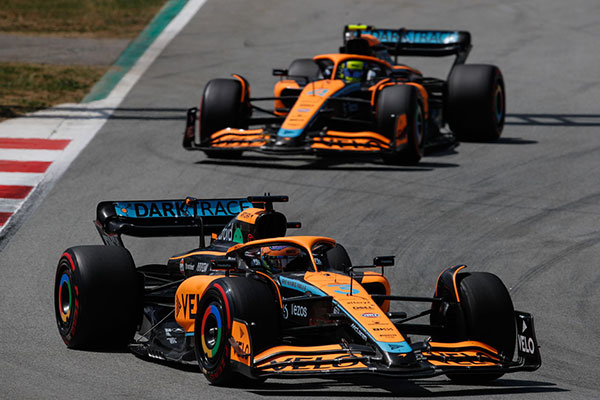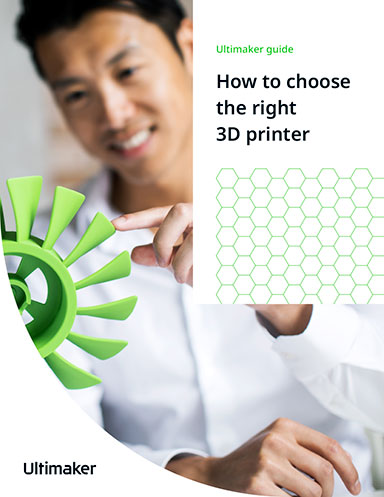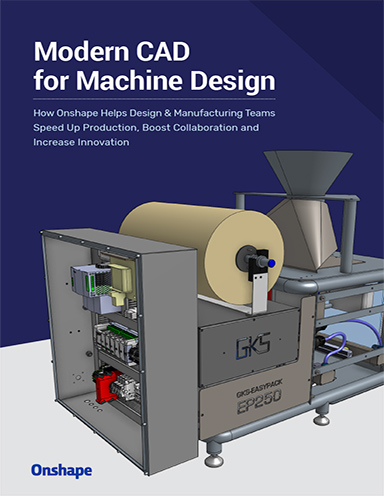Stratasys Aids McLaren Racing in 3D Printing 9000 Parts a Year
McLaren is leveraging a suite of Stratasys Neo800 3D printers to help rapidly accelerate vehicle development, company says.

The race team reports optimizing vehicle aerodynamics during wind tunnel testing thanks to the accuracy of the parts printed on its five Neo800 systems. Image courtesy of Stratasys.
Latest News
September 6, 2022
Formula One expert McLaren Racing is responding to tighter vehicle production time and budget limits from the FIA by 3D printing tens of thousands of parts with large next-generation Neo 800 stereolithography 3D printers from Stratasys.
McLaren produces up to 9,000 parts per year across numerous front and rear wing programs, as well as large parts of the side bodywork and top-body. The race team reports optimizing vehicle aerodynamics during wind tunnel testing thanks to the accuracy of the parts printed on its five Neo800 systems. Part production time has also been reduced, with the team now able to produce certain large parts like scale model top-bodies in as little as three days.
Using the fleet of in-house printers enables McLaren to manufacture all aerodynamic parts at its base in Woking, UK, which saves costs on subcontractors and the associated quality assurance QA process, the company reports. The team can also 3D print jigs and templates, and small molds. Not only does the speed of the Neo800 stereolithography process save time, it saves on metal material by not wasting large amounts of swarf removed from the subtractive machining process, according to Stratasys.
Advances in the Wind Tunnel
“Stereolithography technology and the materials have evolved—changing the way we use it,” explains Tim Chapman, head of Additive Manufacturing at McLaren Racing. “We do not just manufacture prototypes anymore; we now produce many full-scale components and full-size tooling.”
A primary applications where McLaren sees value with its next-generation Neo800s is for wind tunnel testing. The team uses 60% scale models to optimize the aerodynamic package and find more downforce and balance the front and rear aerodynamic loads on the car.
“Wind tunnel testing is still the gold standard when assessing how every surface works together, either as an assembly or as a complete car,” explains Chapman. “Our Neo series of 3D printers have helped us to dramatically reduce the lead times of our aerodynamic wind tunnel components and projects.”
The team prints parts using the Somos PerFORM Reflect resin material, which was specifically developed for wind tunnel models. It creates parts that take less time to post-process.
“We find the high-definition components from our Neo machines require minimal hand finishing, which allows much faster throughput to the wind tunnel,” Chapman adds. “In addition to speed, we can now produce wind tunnel parts with supreme accuracy, detail and surface finish, which has enabled our team to enhance testing and find innovative new ideas to improve performance. I cannot overstate how important these benefits are in Formula One, with super tight deadlines to deliver cars to the next race, and where the smallest design iteration can make all the difference between winning, losing or making up positions on the grid.”
The large bed size of the Stratasys Neo800 3D printers (800x800x600 mm) allows for either large single parts, or a multitude of much smaller ones.
This is exemplified by McLaren, where around 50 or 60 air pressure housings are embedded within its race cars to enable air pressure readings across various surfaces. The small pressure tapping running through these components sit within the car throughout testing and races to allow engineers to continuously monitor and optimize aerodynamic performance, according to Stratasys.
“Transformative value in 3D printing comes from being able to quickly customize and tailor parts for specific applications,” says Andy Langfeld, president EMEA, Stratasys. “In this case, McLaren has been able to dramatically shorten product development time and control costs with next-gen stereolithography technology from Stratasys that is combined with world-class Somos materials and our deep racing expertise.”
Sources: Press materials received from the company and additional information gleaned from the company’s website.
More Stratasys Coverage
Subscribe to our FREE magazine, FREE email newsletters or both!
Latest News
About the Author
DE’s editors contribute news and new product announcements to Digital Engineering.
Press releases may be sent to them via [email protected].






